The term “growth mindset” relates to the belief that you can always improve and evolve. The term “neuroplasticity” refers to your brain’s ability to alter and grow throughout time as a result of new experiences. You might connect the ideas by suggesting that a growth mindset encourages you to attempt new things to improve your brain’s function.

Engaging in growth mindset techniques can help your brain’s neuroplasticity. This makes these ideas popular in a variety of disciplines, including medical, education, and business.
What exactly does it mean to cultivate a development mindset?
Possessing a growth mindset
Trusted Source entails cultivating your mind through lifelong learning. You believe that when you expose yourself to new experiences and information and practice new talents, your skills, abilities, and outlook will change over time.
You can cultivate a growth mindset by doing the following:
- Faith in your ability to learn new things and take action to accomplish so.
- To develop oneself, take small actions.
- Emphasis on attempting new things without getting too caught up with the outcome.
- Even if you have difficulties, keep trying.
- Learn throughout your life rather than just in school.
- Create new ways of learning or finishing jobs.
-
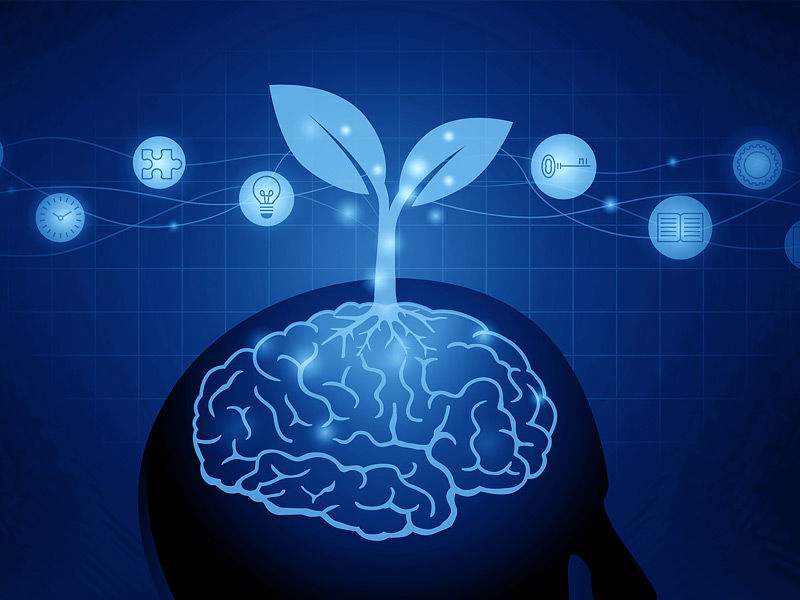
image credit: edweek
Carol Dweck, a researcher, coined the term “growth mindset” in the early 2000s. It is the polar opposite of a fixed mindset. With this mindset, you are more open to new experiences and typically more forgiving of failure.
A fixed perspective, on the other hand, can be more restricting. With this mindset, you may be unwilling to take on new difficulties because you don’t feel you can change.
You can create a growth mentality if you want to, thanks to the brain’s intrinsic adaptability. You can learn to recognize when you are reverting to a fixed mindset so that you can reframe your thoughts.
Cognitive behavior therapy makes use of the brain’s potential to adapt and can be beneficial when attempting to alter your cognitive habits.
What are some instances of a growth mindset?
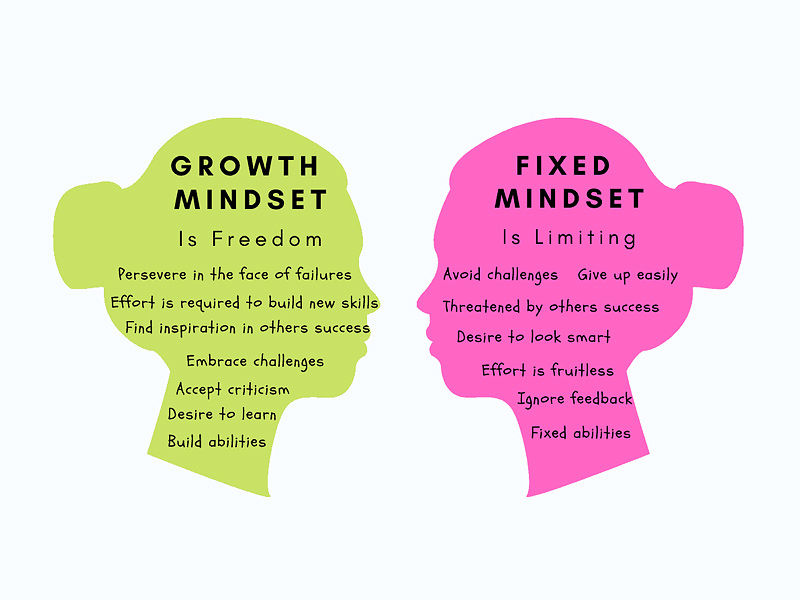
While this may appear to be a lofty goal, having a growth mindset can have an impact on your day-to-day activities. A few examples of a growth mentality are as follows:
- Continuing to learn new things or honing your existing talents.
- Being pleased for someone else’s success and using it as motivation to improve yourself.
- Recognize your failures and not allow them to derail you.
- Listening to criticism and viewing it as an opportunity to grow.
- Request assistance when you require it.
- Adjusting to a changing work environment or new technologies.
- Practicing abilities that will give you the confidence to try something new.
Also read: 12 Interesting Psychology Facts: A Look Inside the Human Mind
What is neuroplasticity, and how does it function?
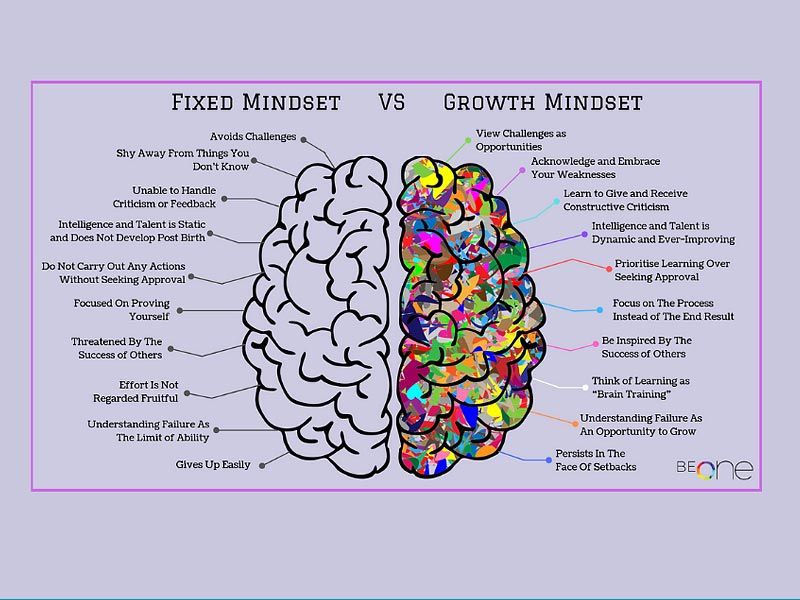
The concept of “neuroplasticity” refers to the ability of your brain to change through time. People used to believe that the brain stopped developing at a certain age. According to new studies, the brain may grow and change at any age.
These modifications occur in stages.
- When you try something new, you may first notice chemical changes in your brain.
- The longer you engage in learning and skill-building, the more physical changes your brain may undergo. Neurons can form new connections and alter the structure of your brain over time.
- The longer you participate in these habits, the stronger and more active your brain grows.
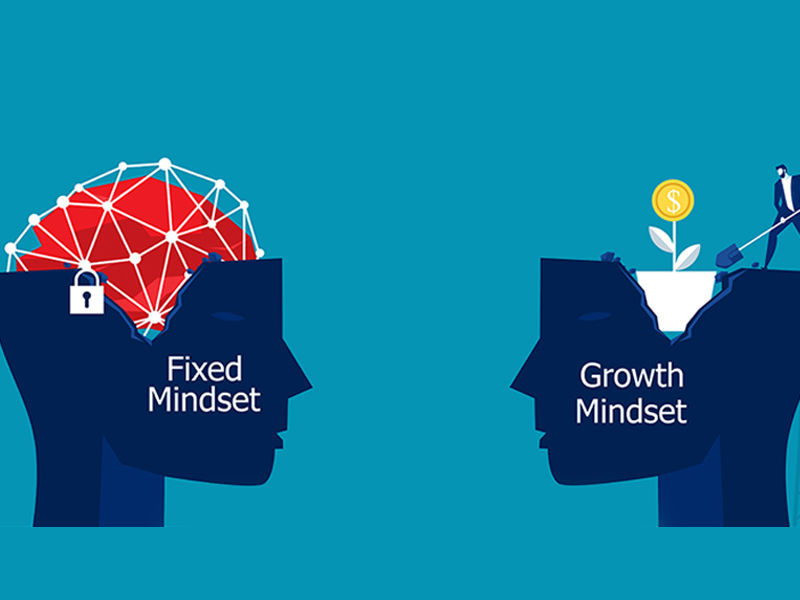
Keep in mind that brain alterations can be both favorable and detrimental. The brain’s skills can deteriorate if it is not stimulated.
There is a great deal of current study on neuroplasticity. Scientists want to know how it can benefit those suffering from health issues such as strokes, trauma, or mental illnesses.
Some researchers seek to know what kinds of events cause favorable brain alterations. One research review published in 2020 looked at studies on neuroplasticity in children and adolescents. It found that “experienced-based therapies” improved participants’ neuroplasticity, but that further research is needed in this area.
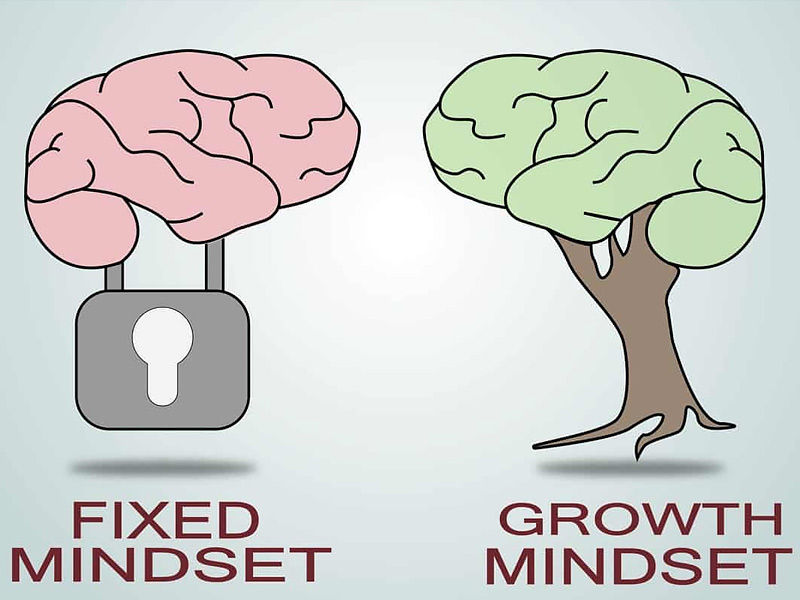
How can you help children and adults develop a growth mindset and neuroplasticity?
You can develop a development mindset at any stage of your life. Having new experiences and learning new skills for a growth mindset can usually boost neuroplasticity.
Trying new things and broadening your horizons might cause changes in your thinking and brain. These activities could include:
- attempting a new pastime
- learning a second language
- reading a book on a new subject
- visiting a new location
- going to a museum
It is important to note that brain and mentality changes occur gradually over time. You can’t engage in one of the above activities for a short period and expect to see long-term results. Practice and repetition are also essential variables in neural circuit building.
Commit to trying new things and being open to new experiences regularly to reap the rewards of both. Remember that the purpose of doing anything new isn’t to be the greatest at it. It is more about pushing yourself to learn new things throughout your life. This can offer a lot of advantages for your brain and overall health.
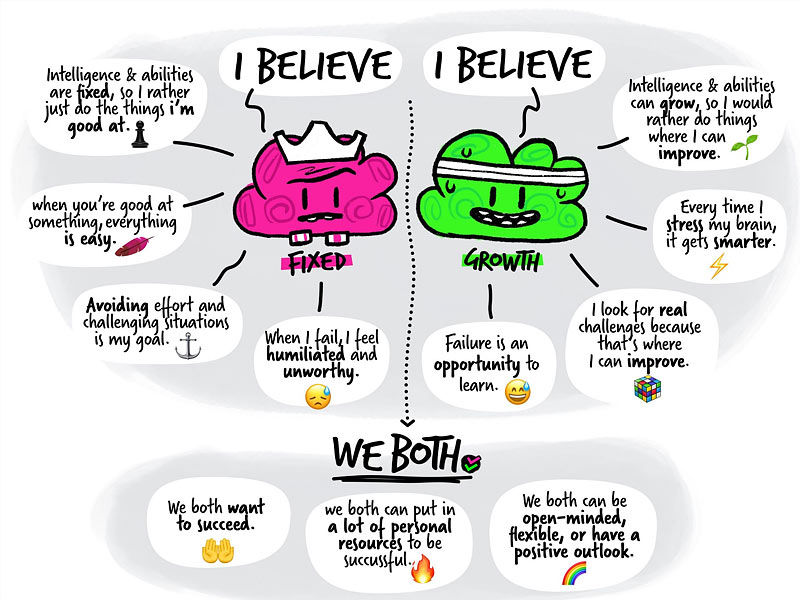
Using a growth mentality to face life’s issues
Increased neuroplasticity is useful for more than just learning new abilities. With a growth mentality, you can approach many typical life issues.
- Learning to get along with people you know in new forms of relationships, such as after getting promoted to the position of supervisor.
- Getting along with a difficult coworker or family member without hurting their feelings – or restoring the relationship after an argument.
- Learning how to thrive despite a chronic health condition that may necessitate physical therapy, dietary restrictions, or injections.
Takeaway
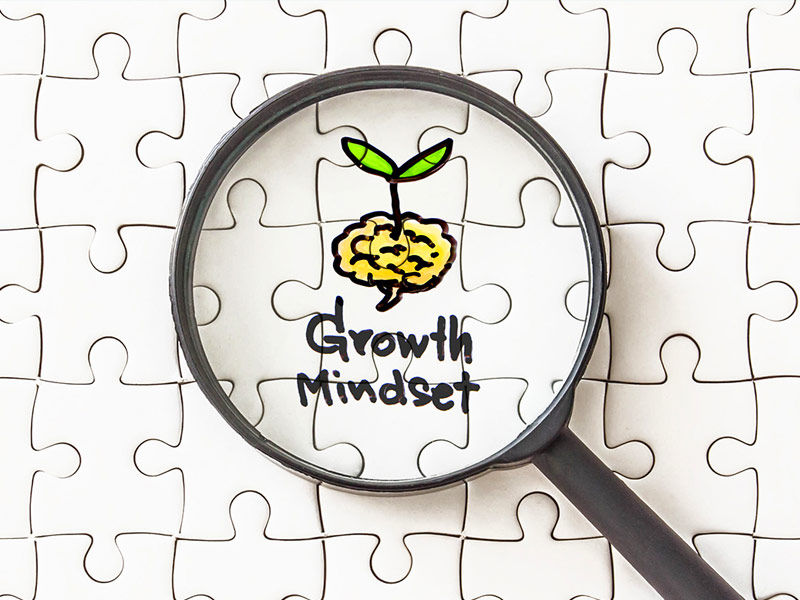
Personal growth and advancement are possible as a result of having a growth mindset and improved neuroplasticity. This is due to the neuroplasticity of the brain, which allows a person who approaches challenges with a growth mindset to learn new talents.
A growth mentality dispels the notion that you are limited in your abilities or intelligence. Neuroplasticity is a related idea, but it refers to the ability of your brain to change as you grow. The more you study and experience, the better your brain will function.





























